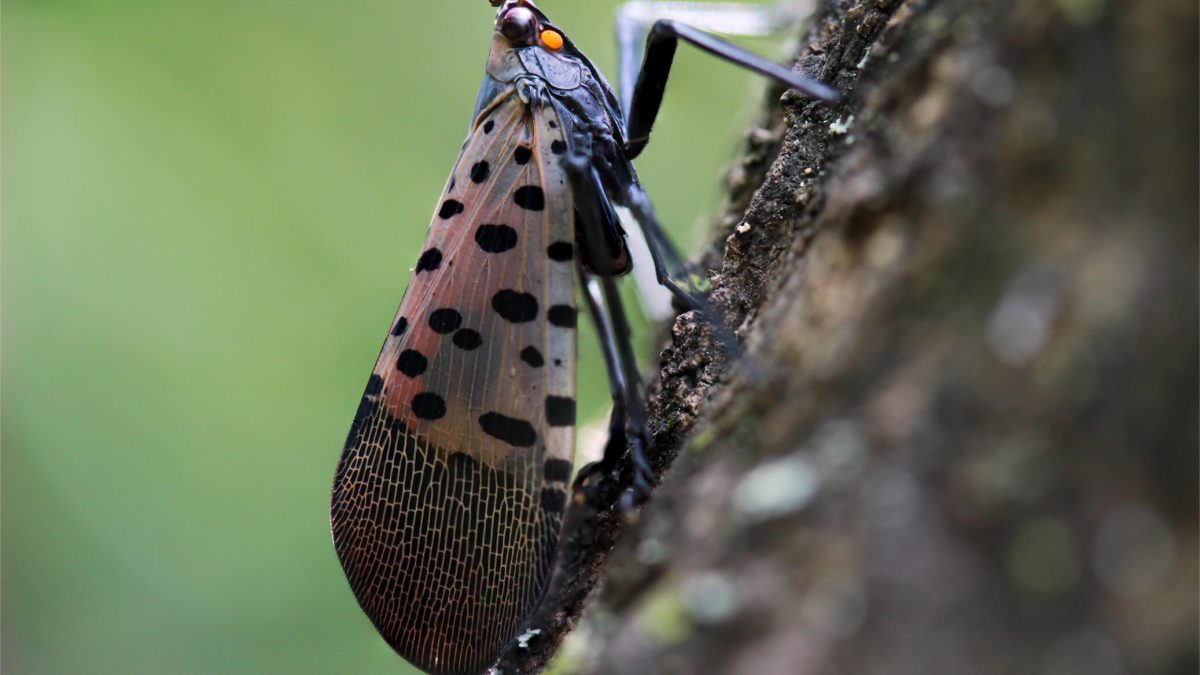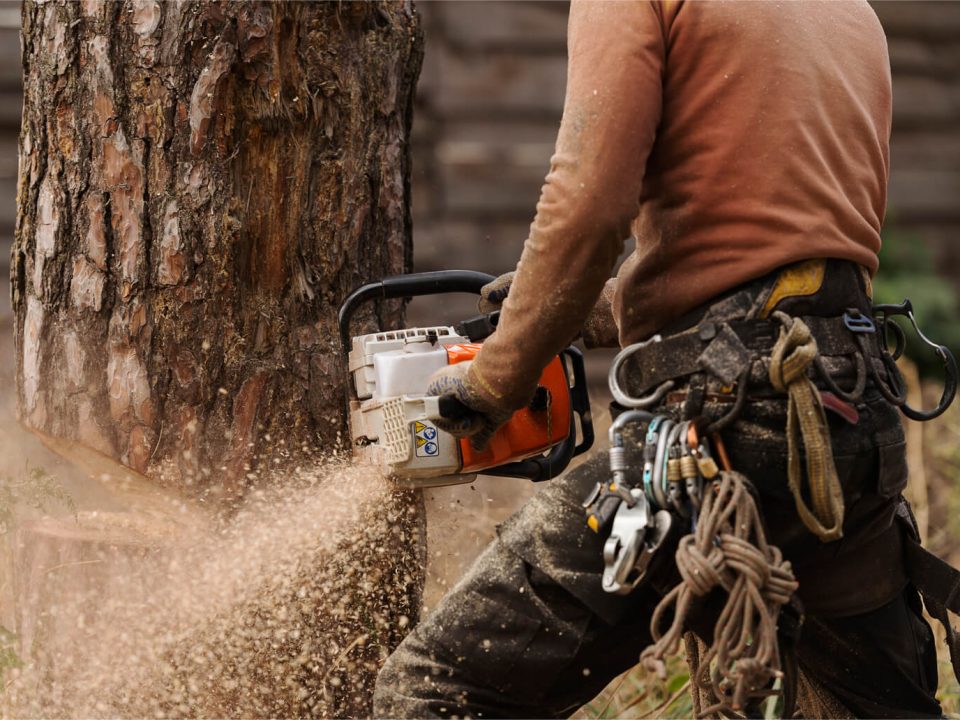Maintaining healthy trees is vital for the ecological balance and aesthetic appeal of any region. New Jersey boasts a diverse array of trees that not only enhance its natural beauty but also provide valuable ecosystem services. Unfortunately, the Garden State is under threat from several invasive pests that pose significant risks to its tree population. In this blog post, we will delve into four major pests that are causing havoc for trees in New Jersey: the Spotted Lanternfly, Emerald Ash Borer Beetle, Bark Beetle, and Gypsy Moth.

Why You Should Prune Trees Before Winter in New Jersey
August 23, 20231. Spotted Lanternfly: A Growing Threat
The Spotted Lanternfly (Lycorma delicatula) has emerged as a menacing invasive insect in New Jersey. With its striking appearance, featuring vibrant red and black spots on its wings, the lanternfly might seem harmless. However, these insects have an insatiable appetite for sap, targeting a wide variety of trees, including maples, walnuts, and pines. They damage trees by feeding on their sap and excreting a sticky substance that encourages the growth of mold and fungi. This pest has the potential to wreak havoc on New Jersey’s valuable tree species, making early detection and management crucial.
2. Emerald Ash Borer Beetle: Threat to Ash Trees
The Emerald Ash Borer (Agrilus planipennis) is a metallic green beetle native to Asia that has found its way to New Jersey. These pests primarily target ash trees, feeding on the inner bark and disrupting the tree’s ability to transport water and nutrients. Infested trees exhibit thinning canopies, dieback, and ultimately death. The loss of ash trees can impact New Jersey’s urban and natural landscapes, affecting everything from wildlife habitats to recreational spaces.
3. Bark Beetle: Silent Destroyers
Bark beetles are a diverse group of insects that can have devastating effects on trees. In New Jersey, species like the Southern Pine Beetle and the Spruce Beetle are of particular concern. These tiny pests tunnel under the bark, disrupting the tree’s circulatory system and causing decline. Infested trees often display fading foliage, pitch tubes, and visible galleries beneath the bark. Prompt detection and effective management strategies are essential to prevent the rapid spread of bark beetle infestations.
4. Gypsy Moth: A Defoliating Nightmare
The Gypsy Moth (Lymantria dispar) is a notorious defoliator that has been plaguing New Jersey’s forests for years. Caterpillars of this moth voraciously consume leaves, defoliating entire trees and weakening their health. This can lead to increased vulnerability to other pests and diseases. The visual impact of defoliation can be disheartening, and repeated infestations can hinder a tree’s ability to recover. Integrated pest management techniques and early intervention are crucial for mitigating the damage caused by the Gypsy Moth.
As New Jersey battles these invasive pests, it’s essential for residents, arborists, and authorities to collaborate in safeguarding the state’s tree heritage. Regular monitoring, early detection, and effective management strategies are key components of protecting trees from the Spotted Lanternfly, Emerald Ash Borer Beetle, Bark Beetle, and Gypsy Moth. By staying informed and taking proactive measures, we can ensure that New Jersey’s landscape continues to thrive, preserving its natural beauty and ecological balance for generations to come.
Tree removal services are essential for maintaining a safe and attractive outdoor environment. Our professional team at Arbor Releaf Tree provides efficient and affordable tree removal services, including cutting down trees, removing downed trees from storms, damaged trees caused by insects like emerald ash borer beetle, spotted lanternfly , elm leaf beetle, and bark beetle We use state-of-the-art equipment and techniques to ensure that your property is left clean and tidy. Our services are available for New Jersey clients, and we offer flexible scheduling to accommodate your needs. Contact us today to schedule a free consultation and estimate for your tree removal needs.




